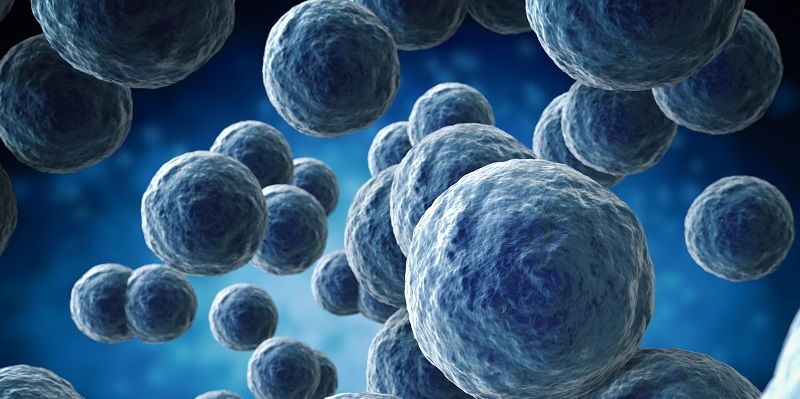In a groundbreaking development, a group of researchers at the Technical University of Munich (TUM) has successfully created the world’s first microrobot, or “microbot,” with the ability to navigate within groups of cells and stimulate individual cells. This innovation, known as the Thermally Activated Cell-Signal Imaging (TACSI) system, opens up new possibilities for targeted cellular stimulation and potential applications in various fields, including wound healing and biomedical research.
Description of Microbots
The microbots developed by the TUM researchers are remarkable creations. They are round in shape and are about half as thick as a human hair. These tiny robots contain gold nanorods, fluorescent dye, and a biomaterial extracted from algae. It is this combination of materials that provides the microbots with their unique capabilities.
TACSI System
The foundation of this groundbreaking system is TACSI, which stands for Thermally Activated Cell-Signal Imaging. This image-based system utilizes temperature changes to activate cells, allowing for precise and controlled stimulation. By modulating the temperature, the microbots can influence and interact with cells at an individual level.
The Unique Capabilities of Microbots
The most significant achievement of the TUM researchers is the ability of the microbots to navigate through groups of cells while simultaneously stimulating individual cells. This capability sets them apart from previous microrobots that lacked such versatility. By employing temperature changes, the microbots can initiate specific cellular responses and manipulate cellular processes with precision.
Manufacturing Process
The production of the microbots involves a sophisticated manufacturing process based on microfluidic chips. These chips mimic the intricate pathways and channels present in the human body to model the creation of the microbots. This innovative approach ensures the production of microbots with standardized dimensions and functionalities.
The role of gold nanorods is essential in the microbots as they range in size from 25-90 nanometers. These nanorods made of precious metal possess the remarkable property of rapidly heating up and subsequently cooling down when exposed to laser light. Their ability to generate controlled and localized heat is crucial in the microbots’ temperature-based cellular stimulation mechanism.
The Influence of Temperature Changes on Cellular Processes
Small variations in temperature can have significant effects on various cellular processes. The TUM researchers have observed that even slight temperature increases can trigger substantial changes in cells. This thermal stimulation can activate specific cellular pathways, leading to alterations in cellular behavior, including growth, proliferation, and differentiation.
Potential Applications in Wound Healing
One area that has captured the interest of researchers is the potential application of thermal stimulation in wound healing. By controlling the temperature around the wound area, microbots can stimulate cellular activity and promote tissue regeneration. Early studies have demonstrated the positive impact of thermal stimulation on wound healing, opening up new avenues for more efficient and targeted approaches to healing wounds.
Additional Benefits
Beyond wound healing, the potential applications of this microrobot technology are broad, with implications in various medical fields. For example, high temperatures have been observed to cause cancer cells to die off, making thermal stimulation a potential treatment option for cancer. Similarly, heat-based cellular manipulation can also be beneficial in treating conditions such as heart arrhythmia and depression.
Demonstrating Cellular Changes through Heat
In a concrete example, the TUM researchers successfully showcased how heat-induced changes occur within cells, even with slight temperature increases. By meticulously monitoring cellular responses and using temperature changes to activate specific cellular pathways, they demonstrated the profound influence of thermal stimulation on cell behavior.
The groundbreaking work of researchers from the Technical University of Munich has led to the development of microbots capable of navigating within groups of cells and stimulating individual cells. This achievement expands the realm of possibilities in cellular manipulation and targeted therapies. The potential applications of this technology in wound healing, cancer treatment, and other medical fields are promising, offering new avenues for more efficient and precise approaches to improving human health and well-being. As further research unfolds, the world of microbots and their impact on cellular biology continues to hold immense potential for future medical advancements.

